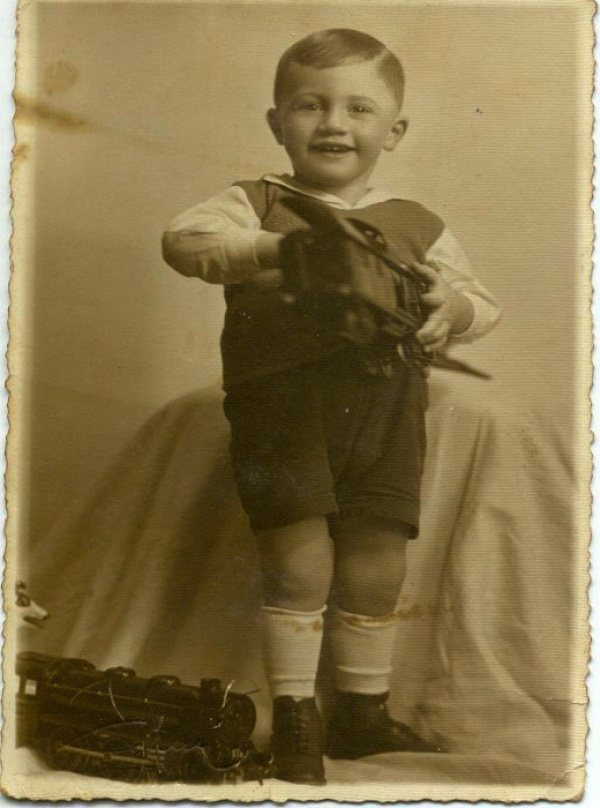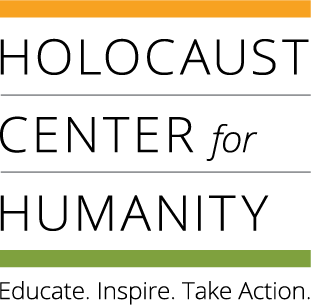George Beykovsky- Czechoslovakia
-

George (Jirko) Beykovsky, 1933, Czechoslovakia "I was born Jirko Harry Beykovský on August 22, 1931, to a Jewish family in Sabatka Puszta, Rimavska Sobota located in Czechoslovakia near the Hungarian border. I am now called George." - George Beykovsky
George Beykovsky and his younger brother Tom grew up on a farm in Czechoslovakia. His father managed the farm that mainly produced tobacco and sugar beets. His mother spent much of her time tending their vegetable and fruit garden as well as raising chickens and geese.
At harvest time migrants from Hungary came to help harvest the farm’s produce and as a young boy George learned Slovak and Hungarian languages. George remembers many relatives would visit them on the farm. In spring 1939 his father was warned of the political danger in the area for himself and his family. He made arrangements for passports and visas, and he terminated the lease of the farm.
In July, the family packed some belongings and traveled by train to Antwerp, Belgium to embark on the ship Aconcagua with a destination to Ecuador, South America.
Three days after arriving in Ecuador, George had his eighth birthday. While George was in elementary school, his parents worked on several farms in different locations. The farms were not near any schools, so he either missed school or was boarded in town with families. Throughout high school, George attended a vocational school. George recalls that he did not do well in school - he was troubled as the only student with white skin and light brown hair. He was known as the gringo rather than by his name. George was always aware of how different he looked.
In 1952, he applied for entry to the United States and in 1957 he was granted an entry visa. He spent four years in the Air Force, married, had children, and now has seven grandchildren. Only after George became an adult and moved to America, did he become aware that this family was Jewish.
George spends much of his time expanding the information on his family tree, which now includes over 1200 people. Many of George’s relatives were murdered in the Holocaust. George has traveled the world to meet his extended family members. He searches through archives and cemeteries finding data his parents decided not to share.
George lives in the greater Seattle area keeps busy visiting his grandchildren and working as an interpreter.
1931-
- More About This Survivor:










